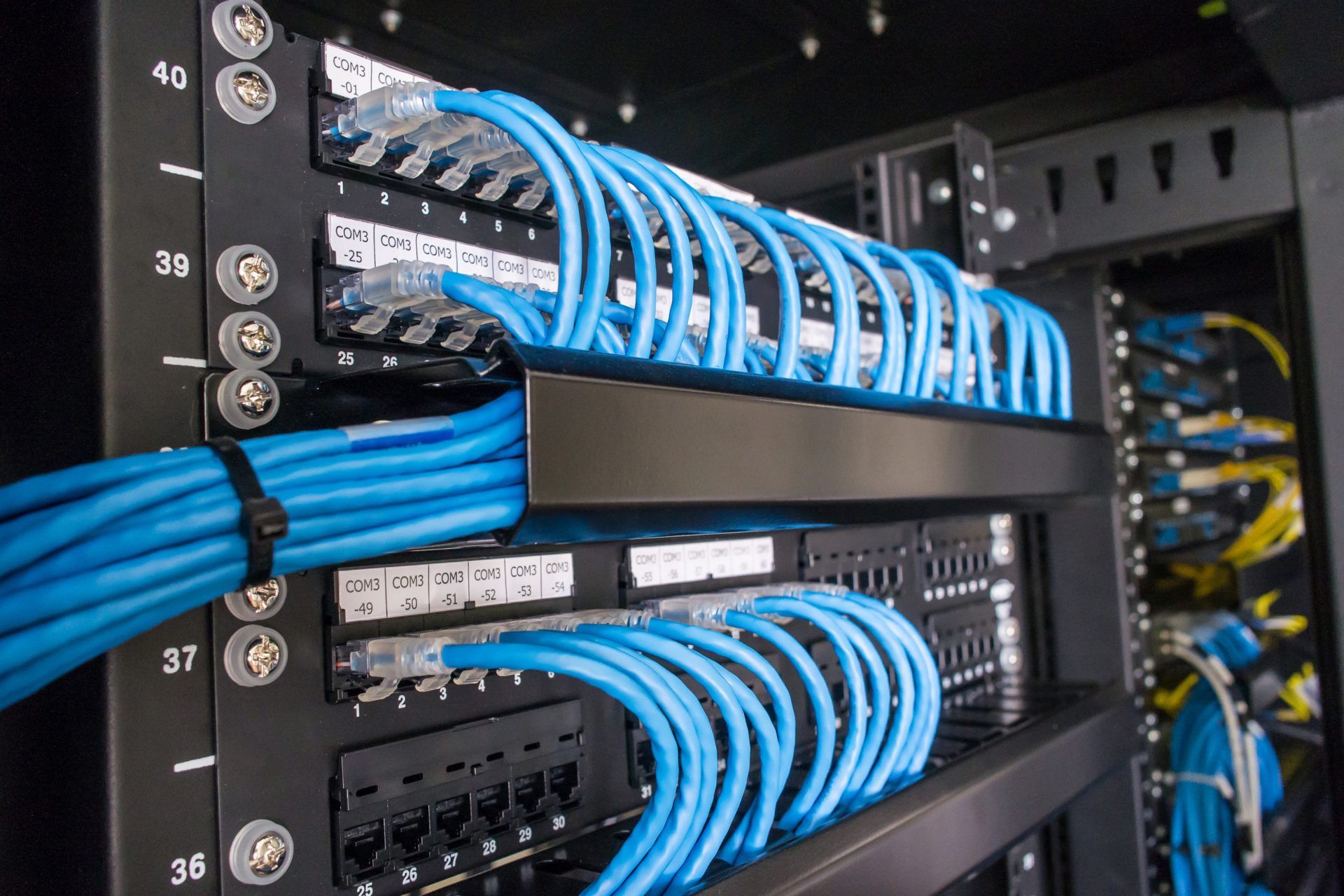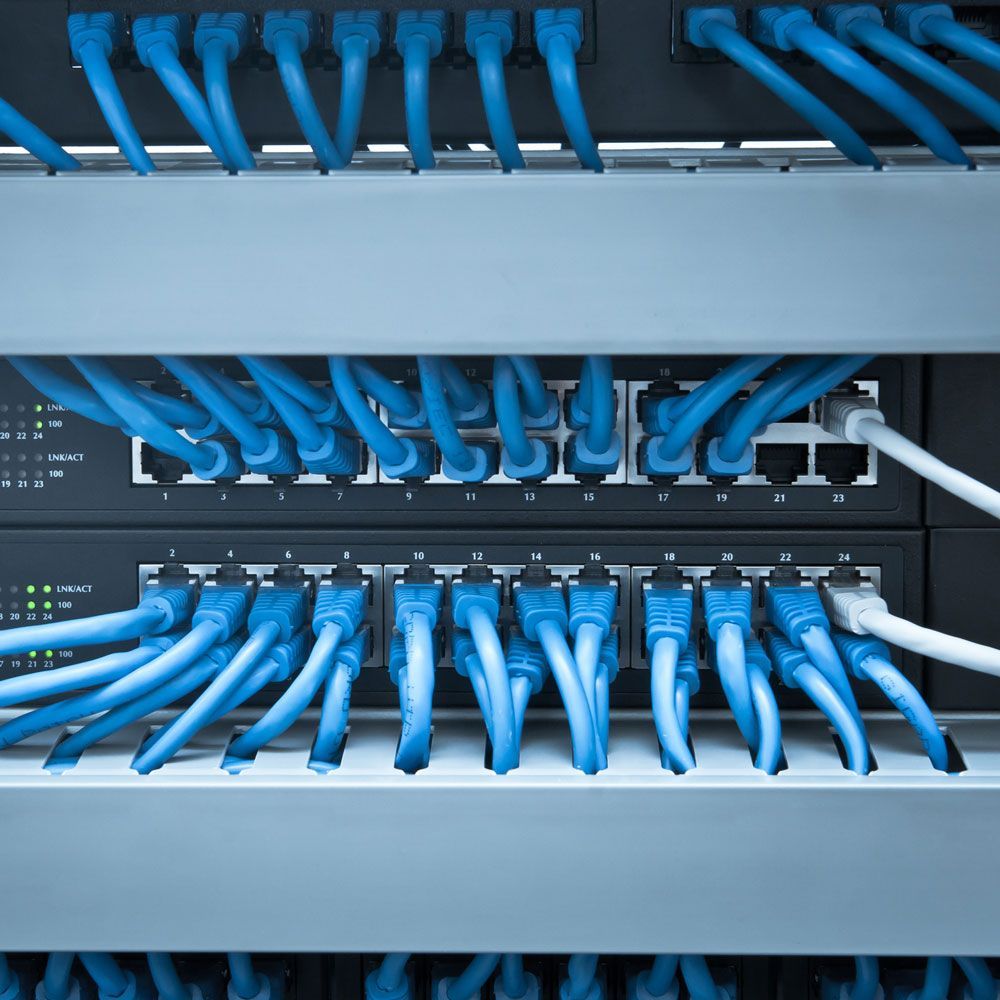Understanding Different Types of Locks in Access Control Systems
Understanding Different Types of Locks in Access Control Systems

Access control systems are vital for ensuring the security of buildings and facilities. They regulate who can enter or exit specific areas, thus protecting sensitive information, equipment, and personnel. Central to these systems are the locks used to control access. In this blog, we'll explore different types of locks used in access control systems, including magnetic locks (mag locks), electric strike locks, and push bar locks with separate power sources and actuator systems. We'll also discuss the appropriate use cases for each type.
Magnetic Locks (Mag Locks)
How They Work
Magnetic locks, or mag locks, use an electromagnet to secure a door. When electricity passes through the electromagnet, it generates a strong magnetic field that bonds the magnet to a metal plate mounted on the door. When power is cut, the magnetic field dissipates, and the door can be opened.
Use Cases
- High-Security Areas: Mag locks are ideal for high-security areas due to their strength and reliability. They are commonly used in government buildings, data centers, and high-security facilities where unauthorized access must be strictly controlled.
- Frequent Access Points: They are also suitable for doors that need to be opened frequently, as they provide a secure yet easy-to-operate locking mechanism.
- Fail-Safe Operation: In situations where doors need to remain unlocked during a power failure for safety reasons, such as in emergency exits, mag locks are preferable because they unlock when power is lost.
Electric Strike Locks
How They Work
Electric strike locks replace the standard strike plate on a door frame with an electronically controlled strike. When activated, the electric strike releases the latch, allowing the door to open. Electric strikes can be configured for fail-secure (locked when power is lost) or fail-safe (unlocked when power is lost) operation.
Use Cases
- Controlled Access Points: Electric strike locks are suitable for controlled access points where it’s essential to maintain security even during a power failure. Examples include office buildings, residential complexes, and commercial establishments.
- Versatility: They work well with various locking mechanisms, such as knob locks, deadbolts, and mortise locks, making them versatile for different applications.
- Retrofit Installations: Electric strike locks are ideal for retrofitting existing doors without significant modifications, providing a cost-effective solution for upgrading to an access control system.
Push Bar Style Locks with Separate Power Source and Actuator System
How They Work
Push bar locks, also known as crash bars or panic bars, are designed for emergency exit doors. These locks are typically paired with a separate power source and actuator system that controls the locking mechanism. When the push bar is pressed, it disengages the lock, allowing the door to open quickly and easily.
Use Cases
- Emergency Exits: Push bar locks are mandated for emergency exits in many buildings due to their ease of use in an emergency. They are commonly found in schools, hospitals, theaters, and other public buildings.
- Compliance with Safety Regulations: They ensure compliance with fire and safety regulations, providing a quick and reliable means of egress during emergencies.
- Integrated Security Systems: When integrated with access control systems, push bar locks can combine safety with security, ensuring that doors remain locked to unauthorized entry but can still be used as emergency exits.
Choosing the Right Lock for Your Access Control System
Selecting the appropriate lock for your access control system depends on several factors:
- Security Requirements: Assess the level of security needed for each access point. High-security areas may require mag locks, while general access points may be well-served by electric strike locks.
- Regulatory Compliance: Ensure that the locks comply with local building and fire safety codes, especially for emergency exits.
- Operational Needs: Consider the operational needs, such as the frequency of access and the need for fail-safe or fail-secure functionality.
- Installation Considerations: Evaluate whether the lock can be easily retrofitted to existing doors or if it requires significant modifications.
Conclusion
Understanding the different types of locks used in access control systems is essential for designing a secure and efficient security infrastructure. Magnetic locks, electric strike locks, and push bar locks each offer unique advantages and are suited to different applications. By carefully considering the security requirements, regulatory compliance, operational needs, and installation considerations, you can select the right lock type to ensure the safety and security of your facility.
Implementing the appropriate locks in your access control system not only enhances security but also ensures compliance with safety standards, providing peace of mind for building occupants and administrators alike.












